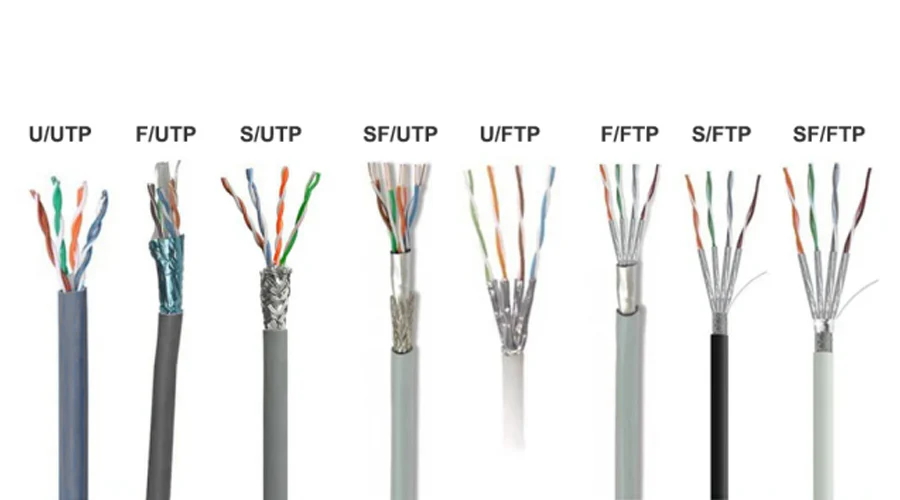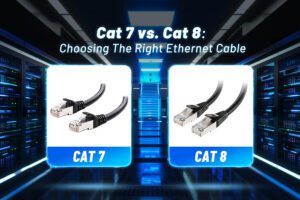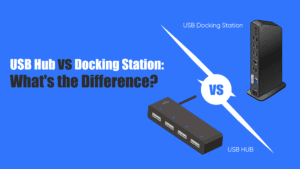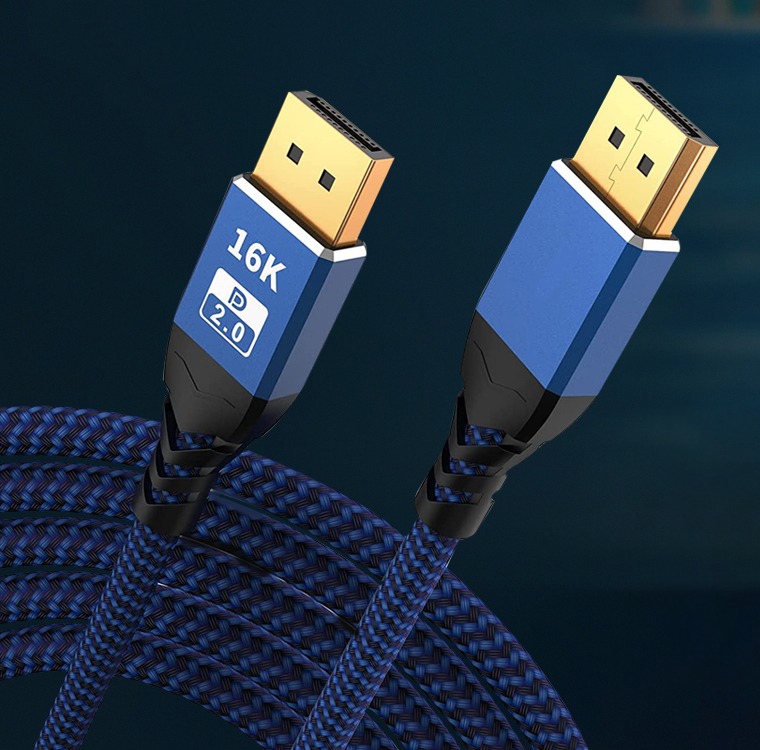Cat Ethernet Cable: UTP, S/UTP, FTP, STP, SFTP, and S/STP Mean
When building or upgrading a network, one of the most important decisions you’ll make is choosing the right Ethernet cable. With various options available, it’s essential to understand the differences between the types of Ethernet cables—UTP, S/UTP, FTP, STP, SFTP, and S/STP. These acronyms refer to the type of shielding used to protect the copper wires inside the cables, which directly impacts performance, data integrity, and the level of interference resistance.
In this blog, we’ll break down each cable type and compare their features in an easy-to-read table.
What Do These Cable Types Mean?
- UTP (Unshielded Twisted Pair)
Definition: UTP cables have no shielding around the twisted wire pairs. They are the most common and cost-effective type of Ethernet cables used in networking.Use Case: Suitable for typical office or home environments with low to moderate interference. - S/UTP (Shielded/Unshielded Twisted Pair)
Definition: S/UTP cables have an overall shielding around all twisted pairs but no individual shielding around each pair. The “S” indicates that the entire cable is shielded, which helps reduce external interference.Use Case: Ideal for environments with moderate electromagnetic interference (EMI), like factories or office spaces with a lot of electronic equipment. - FTP (Foiled Twisted Pair)
Definition: FTP cables have a foil shield around each twisted pair of wires, providing better protection from interference than UTP or S/UTP cables. The shielding prevents crosstalk between the pairs.Use Case: Used in environments with higher electrical noise, such as industrial or commercial settings, where better shielding is needed. - STP (Shielded Twisted Pair)
Definition: STP cables have a shield around each individual twisted pair and may also have an overall shielding layer around the entire cable. This double layer of shielding protects the cable from both external and internal interference.Use Case: Often used in professional environments or data centers with high electrical interference or sensitive data applications. - SFTP (Shielded Foiled Twisted Pair)
Definition: SFTP cables combine the benefits of STP and FTP, offering foil shielding around each twisted pair and an overall braided shield around the entire cable. This provides maximum protection against interference.Use Case: Best for high-speed network environments with high levels of EMI, such as high-performance data transmission applications, data centers, or environments with heavy industrial machinery. - S/STP (Shielded/Shielded Twisted Pair)
Definition: S/STP is a variation of STP cables where both individual pairs are shielded and there is additional shielding around the whole cable. The “S” indicates dual shielding, offering the highest level of protection.Use Case: Typically used in environments with extremely high interference or where maximum network reliability is critical, such as military or aerospace applications.
Cable Comparison Table
Here’s a table comparing the key features of UTP, S/UTP, FTP, STP, SFTP, and S/STP cat ethernet cable.
| Cable Type | Shielding | Resistance to Interference | Use Case | Cost |
|---|---|---|---|---|
| UTP | No shielding | Low | Home or office networks with low EMI | Low |
| S/UTP | Overall shielding (foil or braid) | Moderate | Moderate interference environments | Moderate |
| FTP | Foil shielding around each pair | High | Industrial, commercial, or noisy settings | Moderate |
| STP | Shielding around each pair and overall | Very high | Data centers, professional networks | High |
| SFTP | Foil shielding around each pair + overall shield | Very high | High-performance networks, data centers | High |
| S/STP | Double shielding (each pair + overall) | Very high | Critical environments, military/aerospace | Highest |
How to Choose the cat ethernet cable for Your Network
Choosing the right Ethernet cable for your network largely depends on the environment in which it will be installed. Here are some factors to consider:
- Electromagnetic Interference (EMI): In areas with electrical noise, like factories, use cables with better shielding (e.g., FTP, STP, or SFTP).
- Data Speed and Distance: For high-speed networks, like in data centers or media production, SFTP and STP cables offer better performance and stability.
- Budget: If cost is a concern and interference is minimal, UTP cables are enough for most home or office networks.
Conclusion
Choosing the right cat ethernet cable, based on shielding, ensures a stable connection. Whether UTP for home use or SFTP for high-performance networks, the right choice boosts performance and longevity.
Understanding the differences between UTP, S/UTP, FTP, STP, SFTP, and S/STP helps you choose the right cable for your environment, data needs, and budget. By considering factors like interference, cable length, and data speed requirements, you can choose the perfect cable for your setup.







